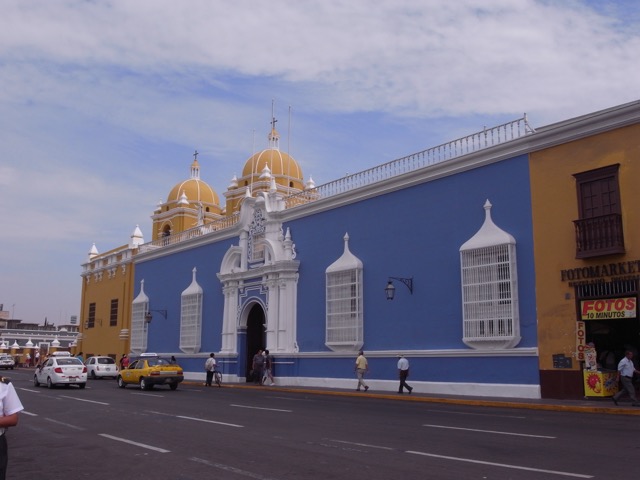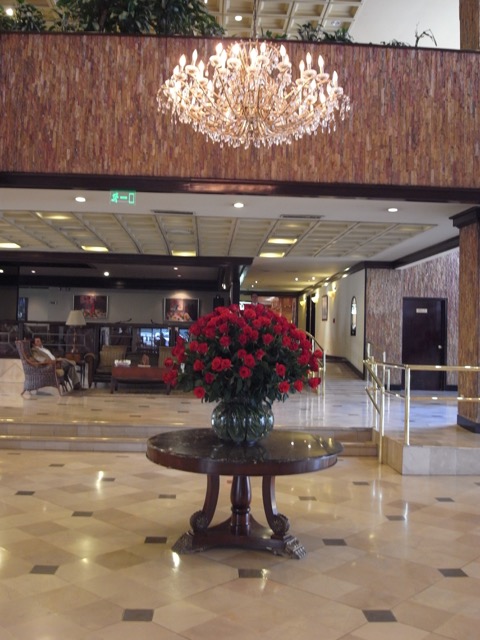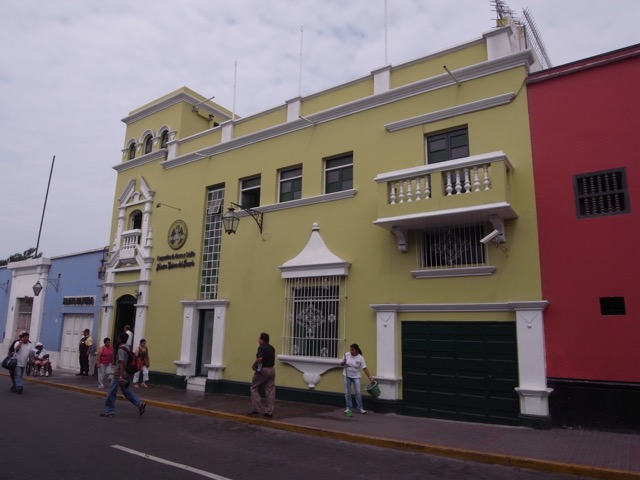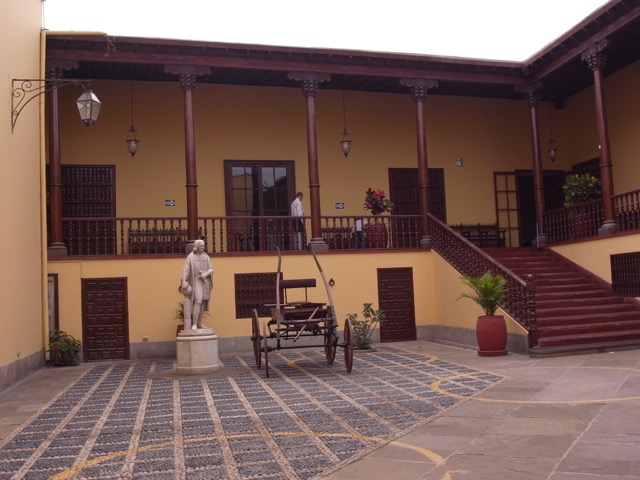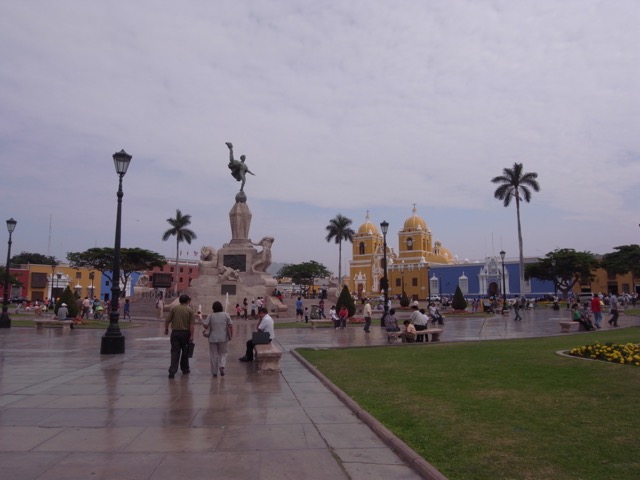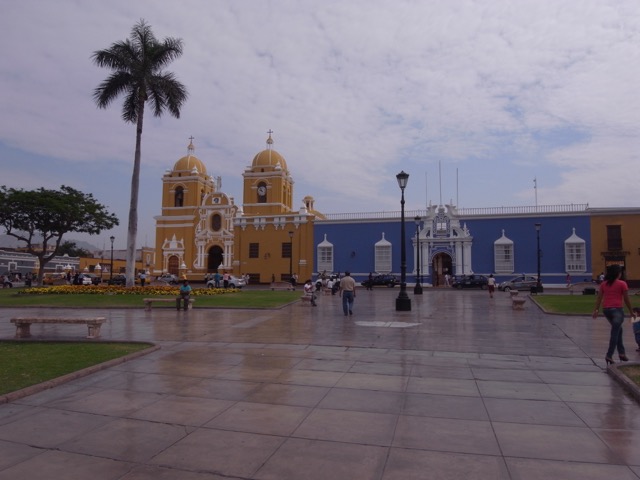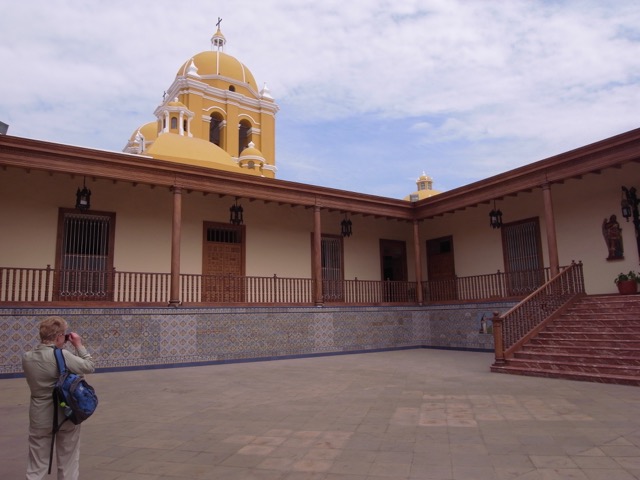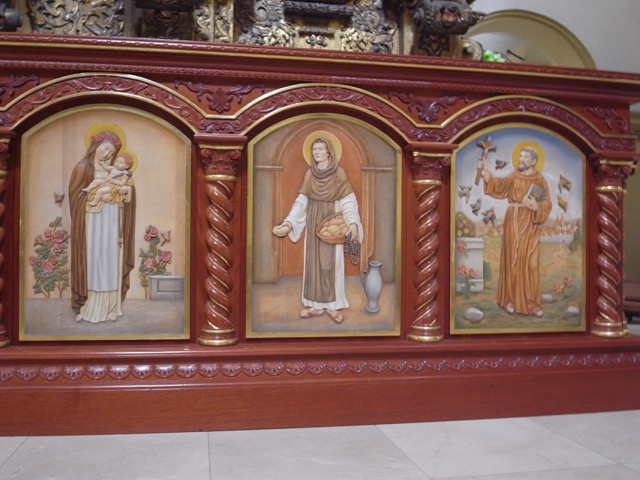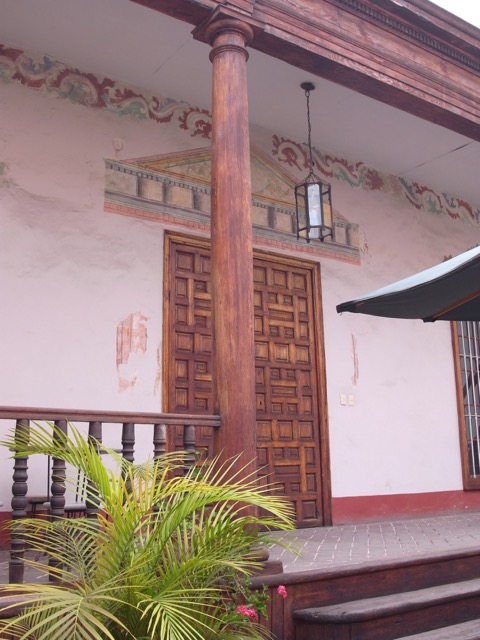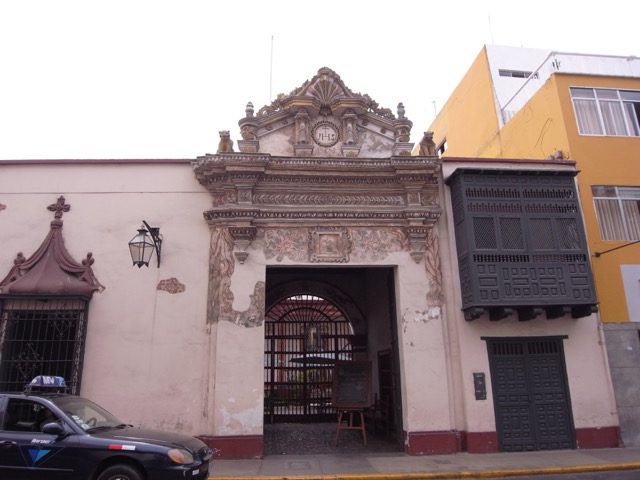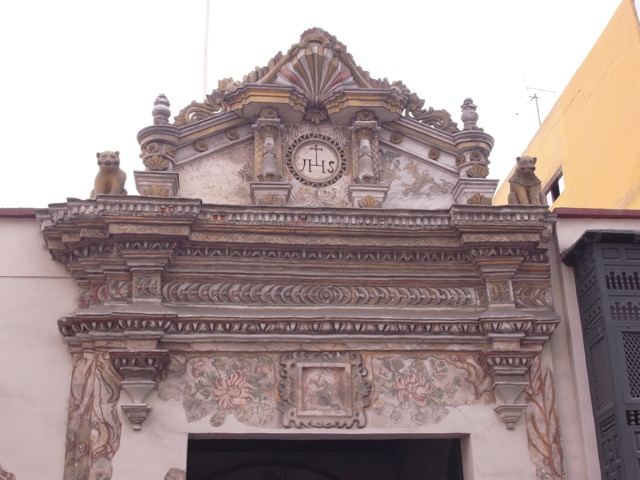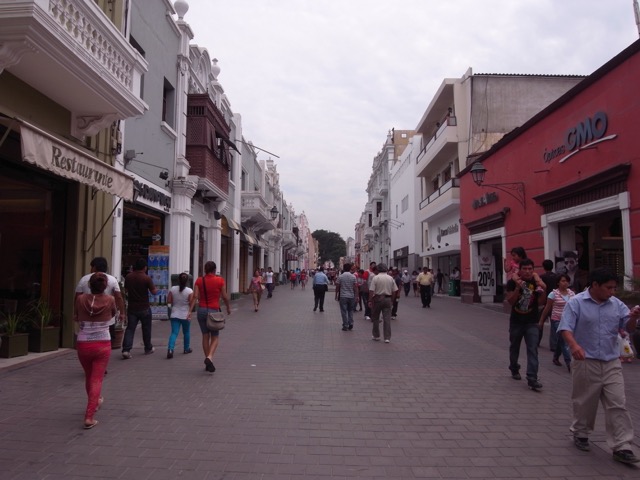A Guide To Trujillo
Colonial Trujillo is the country's third largest city and the most important city on Peru's north coast.
Located eight hours' drive - or a one-hour flight - north of Lima, it makes a great base for the exploration of wonderful Chimu and Moche archaeological sites, as well as the popular beach town of Huanchaco.
And every January, Trujillo is host to the Northern Marinera Festival, a week-long celebration of Peru's national dance, which is closely associated with the city.
History of Trujillo:
When Francisco Pizarro arrived in Peru in 1532, his first order of business was conquest. Because the Inca had only recently subjugated the Chimu people, Pizarro decided to ally himself with the Chimu and build a major city in their territory.
In 1534 he sent conquistador Diego de Almagro (1475 - 1538) to found a town near the Chimu capital of Chan Chan. Named after Pizarro’s birthplace of Trujillo in Spain, the city is one of the oldest Colonial cities in Peru.
Trujillo declared independence from Spain in 1820, the first city in Peru to do so. In honour of this, it became the capital of the Department of La Libertad five years later.
Moreover, since 1929, the centrepiece of Trujillo’s Plaza de Armas has been The Freedom Monument, a giant sculpture celebrating moments in the struggle for independence, by German artist Edmund Möeller.
Architecture of Trujillo:
Without access to timber and stone, the Spaniards built Trujillo with the best material available: adobe (mud brick). They constructed low, thick walls that kept buildings cool in the desert heat and relatively resistant to earthquakes.
Like much of the country, however, Trujillo has been regularly damaged to a greater or lesser extent by earthquakes. All the buildings date from after 1619, the year one quake completely destroyed the city. Earthquakes in 1759 and 1970 also caused substantial damage to the city.
The city’s churches and mansions display the bold ornamentation typical of the Baroque style, turning even more fanciful in the 18th century under the influence of Rococo.
In the 19th century, the delicate cast-iron railings that covered street windows became the most distinctive feature of Trujillo’s architecture. Traditionally painted white, they gleam brilliantly against the multi-hued pastel shades of the buildings in the city centre.
The best way to see Trujillo’s compact Colonial centre is on foot. The traditional names of many of the city’s central streets are displayed on large, ornate plaques; the current names (used on maps and in mailing addresses) appear on smaller, simpler signs nearby.
Pottery at Trujillo’s NUT Archaeology Museum.
Just a short walk from the main square is the National University of Trujillo’s Archaeology Museum, housed in a slightly-dilapidated Colonial building.
The museum is divided into six sections, providing a walk-through of Peruvian archaeology, as depicted by pottery and artefacts, from the hunter-gatherer societies of 120,000 years ago to the Chimu and Inca periods.
Environs of Trujillo:
While Chan Chan may be the jewel in the crown of Trujillo's archaeological attractions, there are a number of other Moche and Chimu ruins that are well worth visiting.
Huaca de la Luna and Huaca del Sol are a pair of huge Moche pyramids, made of adobe bricks, to be found to the southeast of Trujillo. The well-preserved polychromatic reliefs uncovered here give a vivid insight into the Moche hierarchy and cosmic vision.
Huaca Esmeralda, in a dodgy district between Chan Chan and Trujillo, is a two-tier Chimu platform in poor condition and best visited with a knowledgeable guide.
Huaca Arco Iris, also known as Huaca Dragon, is a better-preserved Chimu temple, 4 km (2.4 miles) north of Trujillo. Visitors can climb the ramps leading to adobe panels and niches.
El Brujo involves a drive of 60 km (37 miles) up the coast from Trujillo. It is a fascinating Moche complex, where archaeologists discovered the tomb of a 1,500-year-old, tattooed, female - The Lady of Cao.
How to visit Trujillo with PeruNorth:
Trujillo, with its good connections to and from Lima, and the attraction of pre-Colonial ruins and Colonial architecture, coupled with a coastal location, make it a wonderful start or end point to our longer overland itineraries:
It is also a great destination in its own right, and gateway to some of Peru's best surfing, so included in the following shorter itineraries:


